

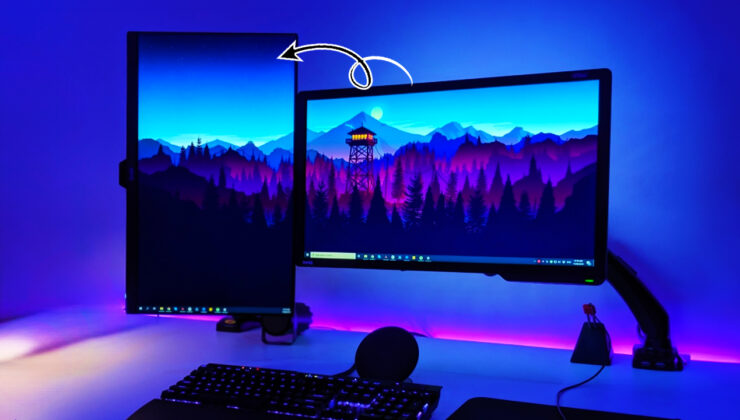

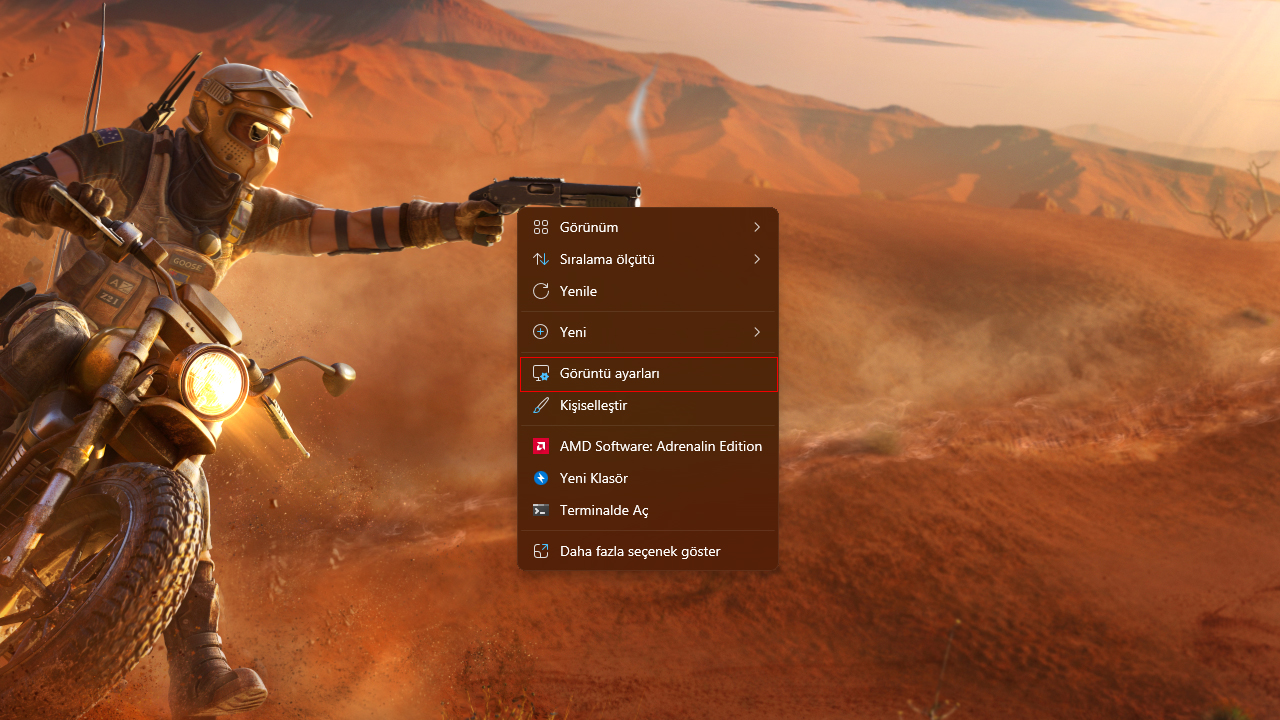
Rotating your computer screen can revolutionize how you interact with digital content. Especially useful for viewing lengthy documents, editing portrait-oriented images, or coding, screen rotation offers a fresh perspective on your work. It also optimizes a multi-screen setup, particularly when desk space is limited.
Rotating your screen is straightforward, but remember to physically adjust your monitor accordingly. Typically, users keep one screen in landscape mode and rotate another to portrait orientation. Here’s how you can achieve this across different Windows versions:
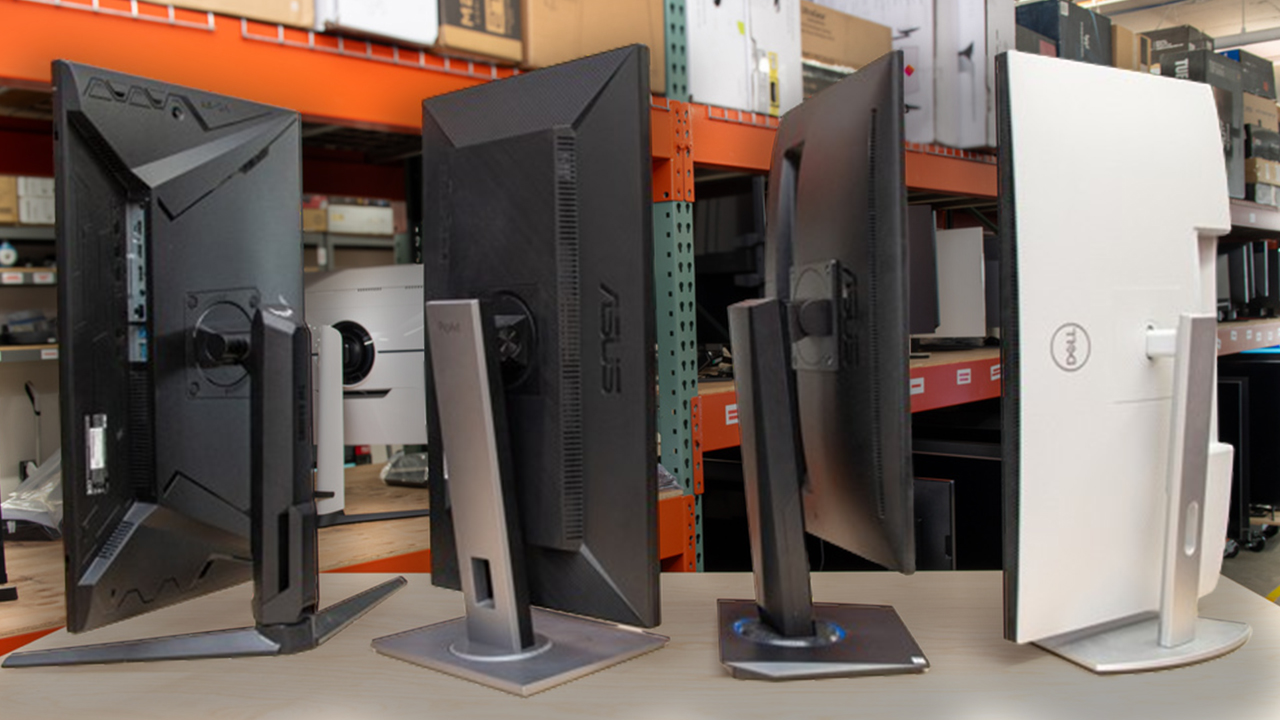
Alternatively, adjust through system settings:
Accessing through the start menu:
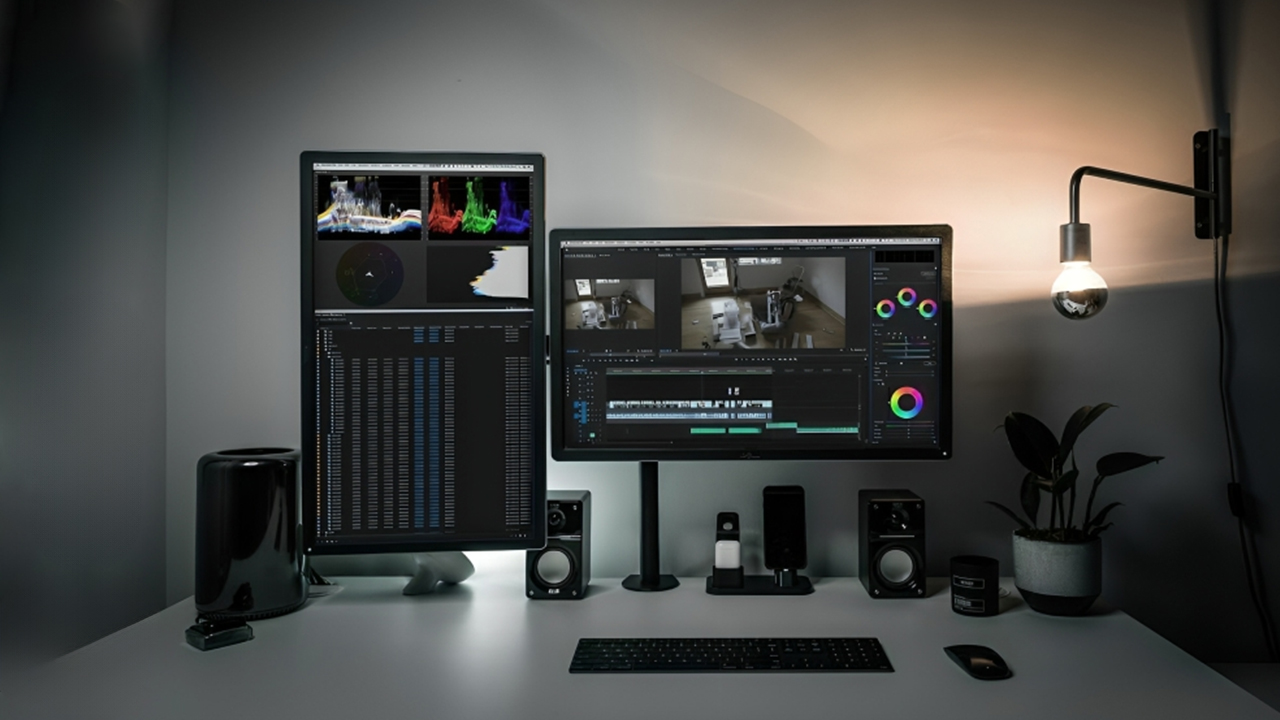
Not all monitors support a portrait orientation. While many mounts allow for such adjustments, some do not. If necessary, consider purchasing a compatible mount for portrait display. Most web browsers and applications will adapt to your new screen orientation. You might find this change refreshing and decide to keep it permanently.
Once your screen is set up, continue with your tasks seamlessly. A portrait screen is particularly beneficial for editing lengthy texts, viewing extensive code lines, and working on portrait-oriented images or documents. Give it a try, and you might discover new efficiencies.
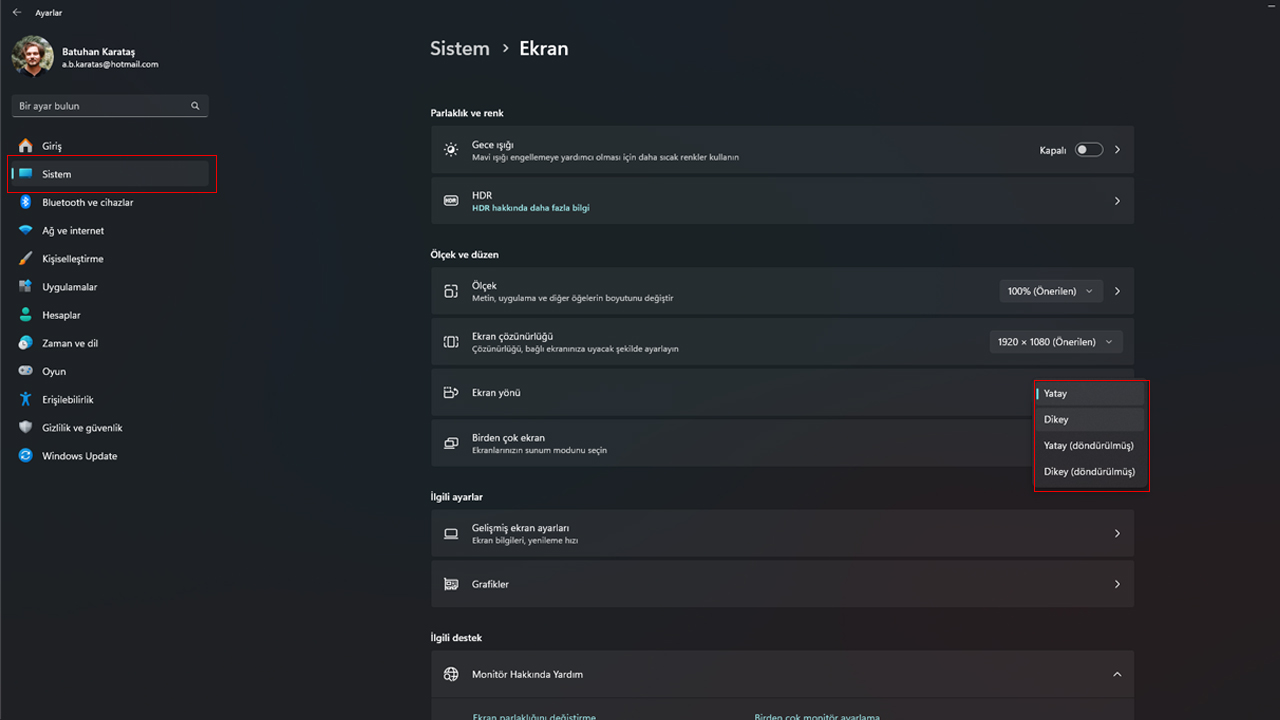
If you decide to revert to the original landscape orientation, or if your screen was accidentally rotated, simply right-click on your desktop, choose “Display settings”, select “Display orientation”, and pick “Landscape” from the drop-down menu. This adjustment is quick and easy.
Did you manage to rotate your screen successfully? Share your experience in the comments below!
SİGORTA
12 saat önceSİGORTA
1 gün önceENGLİSH
10 gün önceSİGORTA
10 gün önceSİGORTA
11 gün önceSİGORTA
14 gün önceSİGORTA
15 gün önce 1
Elon Musk’s Father: “Admiring Putin is Only Natural”
11687 kez okundu
1
Elon Musk’s Father: “Admiring Putin is Only Natural”
11687 kez okundu
 2
7 Essential Foods for Optimal Brain Health
11570 kez okundu
2
7 Essential Foods for Optimal Brain Health
11570 kez okundu
 3
xAI’s Grok Chatbot Introduces Memory Feature to Rival ChatGPT and Google Gemini
11161 kez okundu
3
xAI’s Grok Chatbot Introduces Memory Feature to Rival ChatGPT and Google Gemini
11161 kez okundu
 4
Minnesota’s Proposed Lifeline Auto Insurance Program
9617 kez okundu
4
Minnesota’s Proposed Lifeline Auto Insurance Program
9617 kez okundu
 5
The Division 2: Battle for Brooklyn Expansion
8254 kez okundu
5
The Division 2: Battle for Brooklyn Expansion
8254 kez okundu
Veri politikasındaki amaçlarla sınırlı ve mevzuata uygun şekilde çerez konumlandırmaktayız. Detaylar için veri politikamızı inceleyebilirsiniz.